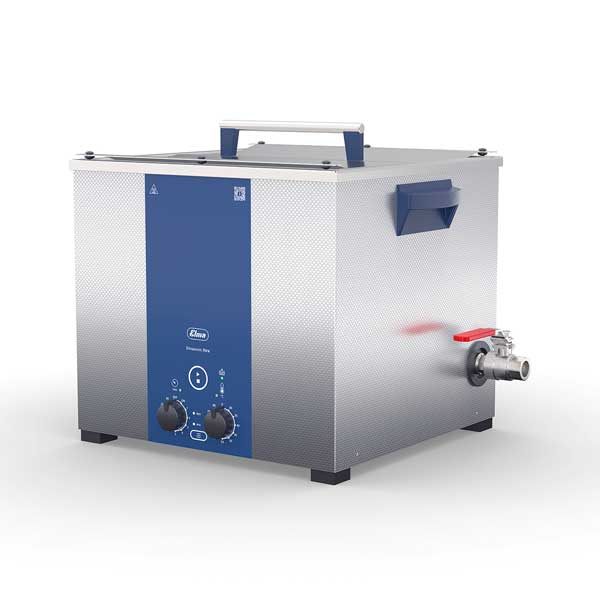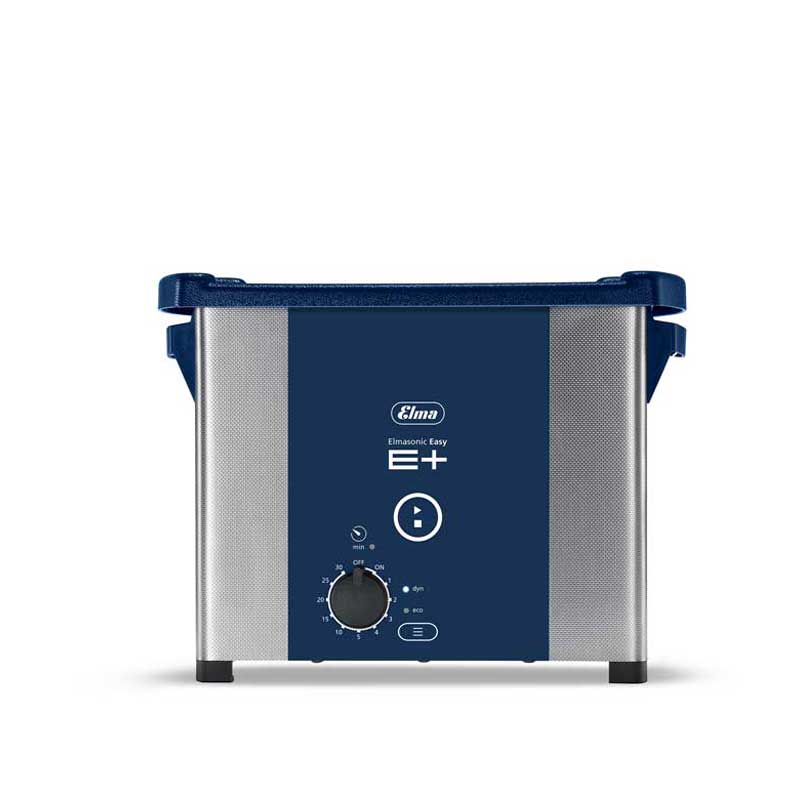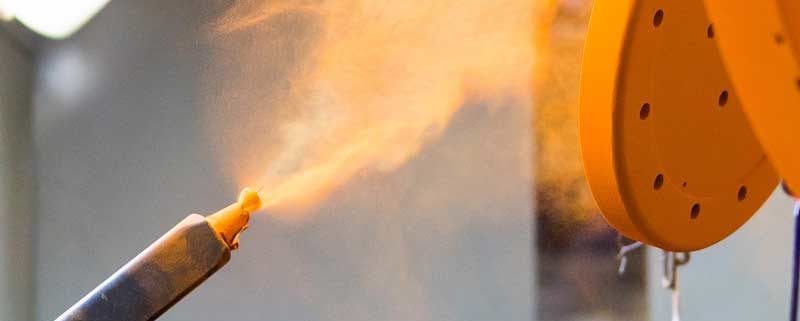How to Effectively Clean Spray Guns
Spray guns are indispensable tools across numerous industries, from automotive refinishing and manufacturing to artistic applications. However, the very materials they apply – paints, coatings, adhesives – can become their biggest enemy when residues dry and clog critical components. A poorly maintained spray gun leads to uneven spray patterns, reduced efficiency, and ultimately, compromised results. While traditional cleaning methods often involve manual scrubbing and harsh solvents, a more advanced and effective solution exists: using an ultrasonic cleaner. This guide will delve into how ultrasonic technology can revolutionize your process to clean spray guns, ensuring optimal performance and extending the lifespan of your valuable equipment.
Understanding the Challenges of Cleaning Spray Guns
The intricate design of spray guns, with their fine nozzles, internal passages, and delicate components, makes thorough cleaning a significant challenge. Dried paint, adhesive, and other coatings can be incredibly tenacious, adhering to both internal and external surfaces. Traditional cleaning methods often struggle to:
- Reach intricate internal passages: Brushes and manual cleaning tools may not be able to access all the areas where residue builds up.
- Remove hardened deposits effectively: Dried materials can be resistant to manual scrubbing and require prolonged soaking in solvents.
- Avoid damaging delicate components: Harsh scrubbing or the use of aggressive solvents can potentially damage the finely machined surfaces and seals of the spray gun.
- Ensure complete removal: Residual contaminants, even microscopic, can affect the spray pattern and the quality of future applications.
The Power of Ultrasonic Cleaning for Spray Guns
Ultrasonic cleaning offers a an effective option to maintain and clean spray guns.

This technology utilizes high-frequency sound waves transmitted through a cleaning solution to create a phenomenon called cavitation. Here’s how it works:
- Ultrasonic Wave Generation: Transducers within the ultrasonic cleaner generate high-frequency sound waves that travel through the cleaning solution.
- Microscopic Bubble Formation: These sound waves create alternating areas of high and low pressure in the liquid. During the low-pressure cycles, millions of tiny vacuum bubbles form.
- Powerful Implosion: When these micro-bubbles encounter the high-pressure cycles, they violently implode.
- Gentle Yet Effective Cleaning Action: The implosions release focused energy in the immediate vicinity of the bubbles. This energy acts as a powerful, microscopic scrubbing force that effectively dislodges even hardened paint, adhesive, and other contaminants from all surfaces of the immersed spray gun components, including internal passages and intricate details.
Why Ultrasonic Cleaning is Ideal for Spray Guns
- Thoroughness: Cavitation reaches every surface the cleaning solution contacts, ensuring complete removal of residue from even the most difficult-to-access areas within the spray gun.
- Gentle on Equipment: While powerful against contaminants, the microscopic nature of the cavitation process is gentle on the spray gun’s delicate components, minimizing the risk of damage compared to abrasive manual cleaning.
- Efficiency: Ultrasonic cleaning significantly reduces cleaning time and manual labor. Multiple components can be cleaned simultaneously, streamlining the maintenance process.
- Consistent Results: The uniform distribution of ultrasonic energy ensures consistent cleaning quality across all parts, leading to reliable spray gun performance.
- Reduced Solvent Use: While appropriate cleaning solutions are necessary, ultrasonic cleaning often reduces the need for prolonged soaking in large volumes of harsh solvents.
How to Effectively Clean Your Spray Gun with an Ultrasonic Cleaner
To achieve optimal results when cleaning your spray gun with an ultrasonic cleaner, follow these steps:

- Disassembly: Carefully disassemble your spray gun according to the manufacturer’s instructions. This typically involves removing the nozzle, needle, air cap, fluid passages, and any other removable components.
- Choosing the Right Cleaning Solution: Select an ultrasonic cleaning solution specifically formulated for the type of paint, adhesive, or coating you are using. Water-based residues may require alkaline solutions, while solvent-based materials may benefit from specialized solvents compatible with ultrasonic cleaning. Always consult the cleaning solution and spray gun manufacturers’ recommendations for compatibility.
- Preparing the Ultrasonic Bath: Fill the ultrasonic cleaning tank with the appropriate cleaning solution and water mixture, following the solution manufacturer’s instructions for dilution. Ensure the solution level is sufficient to fully submerge the spray gun components.
- Degassing the Solution: Activate the degas function on your ultrasonic cleaner. This removes trapped air from the solution, which can hinder the cavitation process and reduce cleaning efficiency.
- Loading the Spray Gun Components: Carefully place the disassembled spray gun components into the ultrasonic cleaning basket. Ensure that the parts are not overlapping and that the cleaning solution can freely circulate around them. For small parts, use smaller mesh baskets to prevent loss.
- Setting the Cleaning Parameters: Set the appropriate cleaning time and temperature on your ultrasonic cleaner. The optimal settings will depend on the type and amount of residue. Start with a shorter cycle and increase as needed. A typical cleaning cycle might range from 5 to 20 minutes.
- Running the Cleaning Cycle: Once the parameters are set, start the ultrasonic cleaning cycle. Allow the cleaner to run for the programmed duration. You may observe the solution becoming cloudy as contaminants are removed.
- Rinsing: After the cleaning cycle is complete, carefully remove the basket and rinse the spray gun components thoroughly with clean water or a recommended rinsing solution to remove any residual cleaning agent and dislodged contaminants.
- Drying: Dry the cleaned spray gun components completely using compressed air or a lint-free cloth before reassembly. Ensure all internal passages are dry to prevent corrosion or interference with the spray pattern.
- Reassembly and Lubrication: Reassemble your spray gun according to the manufacturer’s instructions. Apply appropriate lubricants to moving parts as recommended to ensure smooth operation.
- Testing: Before using the spray gun for a critical application, test the spray pattern with a suitable solvent or thinner to ensure all passages are clear and the gun is functioning correctly.
Choosing the Right Ultrasonic Cleaner for Spray Guns
When selecting an ultrasonic cleaner for spray gun maintenance, consider the following factors:
- Tank Size: The tank should be large enough to accommodate the largest components of your spray guns.
- Frequency: Frequencies in the range of 35-40 kHz are generally suitable for removing common paint and adhesive residues.
- Power: Sufficient ultrasonic power ensures effective cavitation throughout the tank.
- Heater: A built-in heater can help to improve the cleaning efficiency of certain solutions.
- Timer: A timer allows for precise control over the cleaning cycle duration.
- Basket: A sturdy basket is essential for safely holding and immersing the spray gun components.
- Degas Function: This feature is highly recommended for optimal cleaning performance.
Embrace Ultrasonic Cleaners for Spray Gun Maintenance
Investing in an ultrasonic cleaner for spray gun maintenance offers a significant upgrade over traditional cleaning methods. By harnessing the power of cavitation, you can achieve a deeper, more thorough clean, extend the lifespan of your equipment, and ensure consistent, high-quality results in your applications. Embrace ultrasonic technology and experience the difference in your spray gun maintenance routine.
Contact Us with Questions
Call or chat witih the ultrasonic cleaning experts at Tovatech for information on selecting ultrasonic cleaner models, cleaning solution formulations and procedures that keep your paint spraying equipment. We are the top authorized reseller in the United States.



